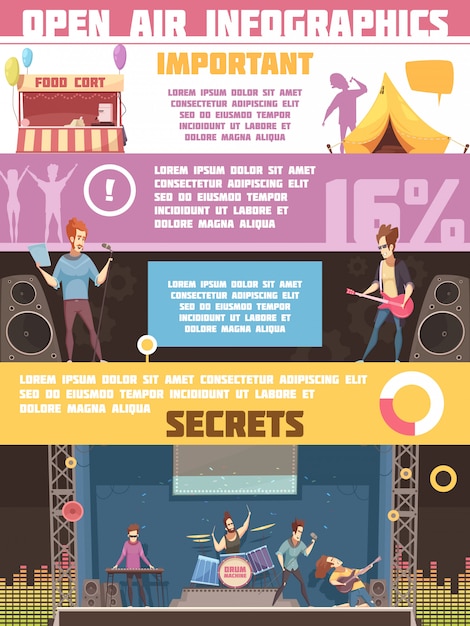Edge angles are essential elements in building and design jobs. They use toughness, durability, and versatility. They are also easy to install and can stand up to different environmental elements.
Builders use many types of angles to create strong, secure structures. Some of these angles are for looks, while others are used to boost ease of access and feature.
Stamina
The toughness of steel angles is important for ensuring that frameworks are safe and can stand up to heavy lots. These components can be made use of for a range of tasks, from strengthening light beams and columns to producing structures for shelving and fence. They are also suitable for creating assistance frameworks in industrial settings.
Curved inside edges are an important part of modern-day engineering and style, as they aid to distribute anxiety evenly throughout the material. This can make a material more powerful and less likely to fracture or fail, especially in materials such as glass, stone, and tile.
Spherical corners in rotomolded components additionally assist to minimize stress concentrations, which can bring about structural weaknesses and low quality. For this reason, Gregstrom Corporation suggests that developers use rounded corners when producing rotomolded components. These features will enhance the total quality of the finished item and aid to ensure that the shaped component is solid, long lasting, and long-lasting. This will minimize the demand for repairs or replacements gradually.
Longevity
Curved inside corners are an important component of modern-day engineering and design, and they can substantially raise the stability of structures constructed from rock or glass. They also help to equally disperse tensile and compressive pressures, which minimize the probability of fracturing or damage.
These angles are crucial to our everyday lives, making it much easier for us to move around in our environments. As an example, wheelchair ramps, stairs, and doorways are developed with exact angles to make certain safety and security and accessibility. Furthermore, the best angle is utilized in bridges and buildings to guarantee architectural honesty.
In geometry, an angle is the factor where 2 rays fulfill. It is additionally called a vertex. The 4 edges of a square have an inner angle of 90 levels. Nonetheless, the term is often made use of to define any kind of sort of edge. For instance, in photo frameworks, the leading and lower rails need 45 degree mitre cuts. This is since the board widths are different.
Flexibility
While the best angle is one of the most common type of angle, other types can produce distinct, useful, and aesthetically appealing frameworks. Whether you're creating a modern-day coffee table or an industrial-style home, making use of different angles will aid you achieve the preferred aesthetic.
You can use aluminum angle to make personalized braces for securing and reinforcing your jobs. These braces are lightweight and strong, so they can stand up to hefty tons and stress and anxieties. They additionally can be found in a selection of shapes and sizes, making them a flexible option for a vast array of jobs.
Numerous modern buildings make use of bent inside edges to duffle bag increase architectural security and toughness. These curved edges distribute anxiety throughout the structure to prevent weak points and fractures. This is an important consideration for home builders and specialists, specifically when collaborating with heavy materials like rock or tile. Developing a curved edge can additionally boost the life expectancy of the material and lower upkeep prices. It's important to choose the appropriate angles for your project, and to guarantee that they are correctly set up to stay clear of any kind of potential issues.
Cost
Curved inside corners are a crucial component of modern architecture and engineering, as they play a critical role in boosting structure stability and resilience. They also help reduce tension distribution and reduce breakage. In addition, they can boost the aesthetic charm of a framework.
The word "corner" normally, but not always, describes a 90 degree angle. In geometry, however, the term "angle" is really a factor where two lines or sides satisfy (or assemble). These factors are called vertex, and they can be straight or curved.
Using a rounded mitre in a picture framework, for example, needs cautious estimation. The mitre angle is based on the size proportion of the board at each edge. If the boards are of equivalent size, after that they will each need a 45 level mitre. If the boards are wider, then they will certainly each call for a different angle. This situation prevails in custom structures, where the leading and bottom rails are typically broader than the side rails.
